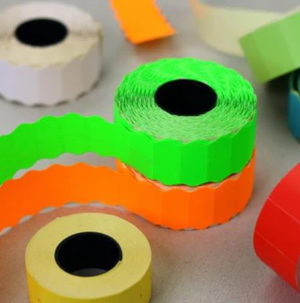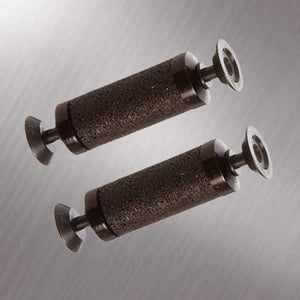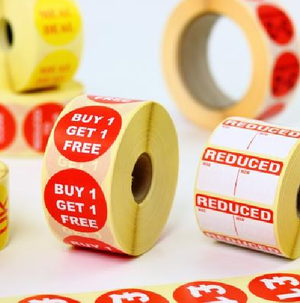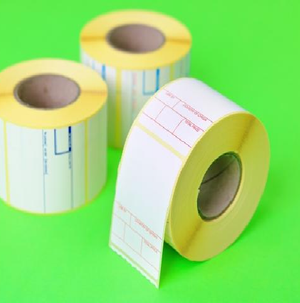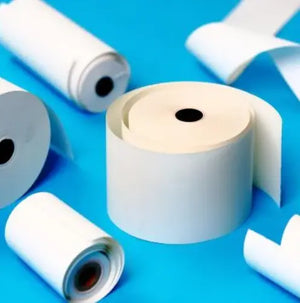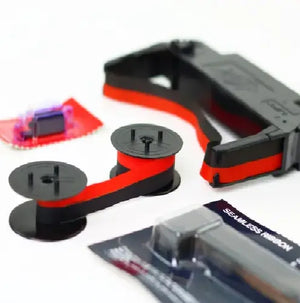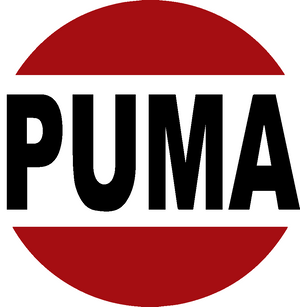
Best Practices for Selecting and Using Butcher Scale Labels
In a busy butcher shop or meat counter, accuracy, speed, and hygiene are non-negotiable. One unsung hero of this environment is the humble butcher scale label. More than just a sticky piece of paper, these labels are essential for pricing, traceability, legal compliance, and customer satisfaction.
The best butcher scale labels are moisture-resistant, adhesive-backed, and compatible with your scale model. Use thermal labels for efficiency, and ensure they meet food safety standards. Proper storage and handling prevent jams and misprints, ensuring accurate pricing and clear product info for customers.
In this blog, we’ll guide you through the best practices for selecting and using butcher scale labels, helping you choose the right materials, ensure food safety, and improve day-to-day efficiency. Whether you’re a small independent butcher or managing a supermarket deli, getting your scale labels right makes a world of difference.
What Are Butcher Scale Labels and Why Are They Important?
Butcher scale labels are specialised adhesive labels used with weighing scale printers to display product weight, price per kilogram, total price, date information, barcodes, and more. These labels are critical in meat retail environments where accuracy and clarity are vital.
Unlike generic labels, butcher scale labels must withstand cold storage, condensation, and handling while remaining legible and securely adhered to packaging. They're a key component of any butcher scale printer setup, streamlining checkout and compliance in one go.
Best Practices for Selecting Butcher Scale Labels
When it comes to choosing the right butcher scale labels, there are several factors to keep in mind. Let’s break them down:
1. Choose the Right Material
Not all labels are created equal. Butcher scale labels are available in a variety of materials, with the most common being:
-
Paper labels: Economical and suitable for dry conditions or short-term use.
-
Synthetic labels: More durable, moisture-resistant, and perfect for chilled environments like meat counters or refrigerated display units.
If you regularly deal with condensation, we recommend opting for synthetic thermal scale labels to prevent peeling and smudging.
2. Ensure Adhesive Strength
The adhesive on butcher labels needs to be strong enough to stick to plastic or cling-film packaging in cold and damp conditions without coming loose. There are two common adhesive types:
-
Permanent adhesive: Offers strong stickiness that’s ideal for meat packaging.
-
Freezer-grade adhesive: Designed specifically for cold storage, resisting moisture and frost.
Poor adhesive leads to lost labels, wasted products, and unhappy customers, so make sure to match adhesive type to your specific use case.
3. Select the Right Size and Format
Butcher scale labels come in various sizes and shapes to suit different weighing scale printers. Compatibility is key. Always check:
-
Label roll width and length
-
Core size
-
Printer model compatibility (e.g. Avery Berkel, CAS, Digi, Bizerba)
Using incorrect weighing scale label rolls may result in printer jams, wasted stock, and downtime.
4. Opt for Food-Safe, BPA-Free Labels
Labels that come into contact with food packaging should be made from safe, approved materials. Look for options that are:
-
BPA-free
-
Certified for direct food contact
-
Produced to meet EU and UK food safety regulations
These are particularly important in open meat counters where labels might be applied directly on cling wrap or plastic trays.
Labelling Compliance in the UK: What You Must Include
UK food labelling laws are strict, especially for meat products. Butcher scale labels help you comply with these rules by automating and standardising information.
According to UK Food Labelling Regulations, the following must be clearly printed on each label:
-
Weight (usually in grams or kilograms)
-
Price per kilogram
-
Total price
-
Use-by or best-before date
-
Ingredients (if the product is processed or seasoned)
-
Allergen information
-
Batch or traceability code
-
Barcode (for checkout scanning or stock control)
Thermal labels used with butcher scale printers should be formatted to accommodate all this information legibly and without crowding.
Best Practices for Using Butcher Scale Labels Efficiently
Once you’ve chosen the right labels, it’s equally important to use them correctly to maximise efficiency and minimise waste. Here are some proven tips:
1. Maintain Your Butcher Scale Printer
Thermal printers can become clogged with dust, meat particles, or adhesive residue. Regular cleaning ensures smooth operation and extends printer life.
-
Use lint-free cloths and alcohol wipes
-
Clean the print head and rollers weekly
-
Avoid using low-quality labels that leave residue
2. Load Labels Correctly
Loading butcher scale label rolls incorrectly can cause alignment issues and misprints. Follow manufacturer guidelines and always:
-
Ensure label sensors are properly aligned
-
Avoid tight winding that could affect feed movement
-
Calibrate your printer after loading new label stock
3. Rotate Label Stock
Like food stock, label rolls should be used in the order they were received to avoid adhesive degradation over time. Use a first-in, first-out (FIFO) approach.
4. Train Staff on Label Handling
Incorrect labelling leads to customer complaints and potential fines. Ensure staff know how to:
-
Operate the scale printer properly
-
Apply labels in the correct spot
-
Verify that printed details are accurate and legible
Well-trained staff make fewer mistakes, which saves time and money in the long run.
Hygiene and Food Safety Considerations
Because butcher scale labels are used in food prep and retail areas, maintaining hygiene is crucial.
Use Hygienic Dispensing Methods
Where possible, opt for:
-
Hands-free label dispensers
-
Single-use gloves when handling labels
-
Clean, dry surfaces when applying labels
Store Labels Properly
Label rolls should be kept away from food prep areas and stored in clean, dry locations to avoid contamination or adhesive breakdown.
Avoid Cross-Contamination
Never reuse labels or label rolls that have fallen into meat prep zones. Always dispose of compromised stock responsibly.
Choosing a Reliable Label Supplier
One of the best ways to ensure consistent labelling quality is by sourcing your butcher scale labels from a reliable supplier who understands your industry needs.
At Price Gun Land, we specialise in scale-compatible labels for the food retail sector. Our labels are:
-
Available in multiple sizes and materials
-
Compatible with top brands like Avery Berkel and Digi
-
Supplied with food-safe adhesives
-
Cost-effective and always in stock
We also provide expert advice to help you select the right label for your scale model and working conditions.
Final Thoughts
Butcher scale labels may seem like a small detail, but they play a big role in the smooth running of your business. By choosing the right materials, using labels correctly, and prioritising hygiene and compliance, you’ll create a more professional, efficient, and safe experience for both your staff and customers.
Ready to improve your meat counter labelling?

